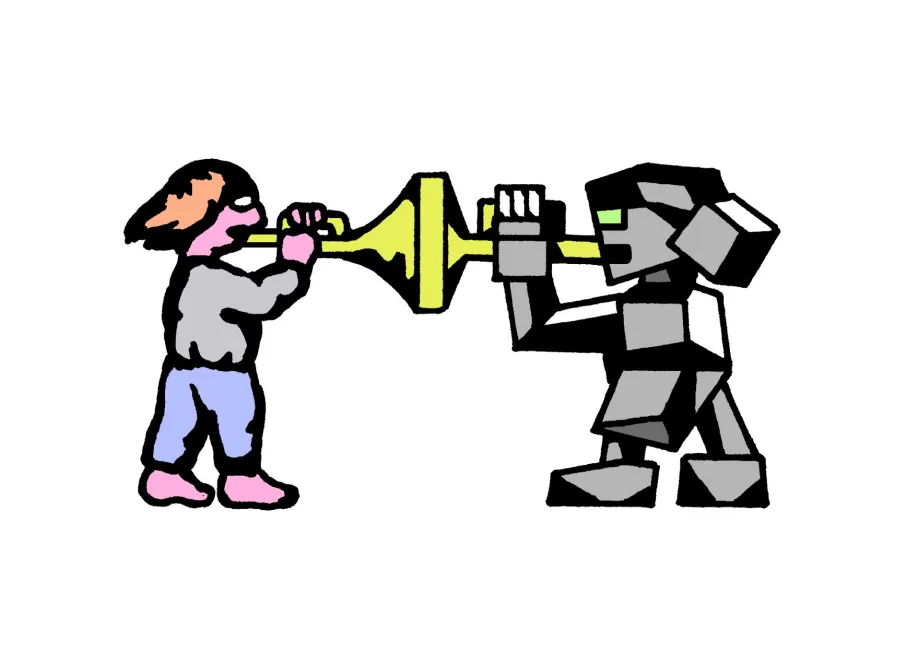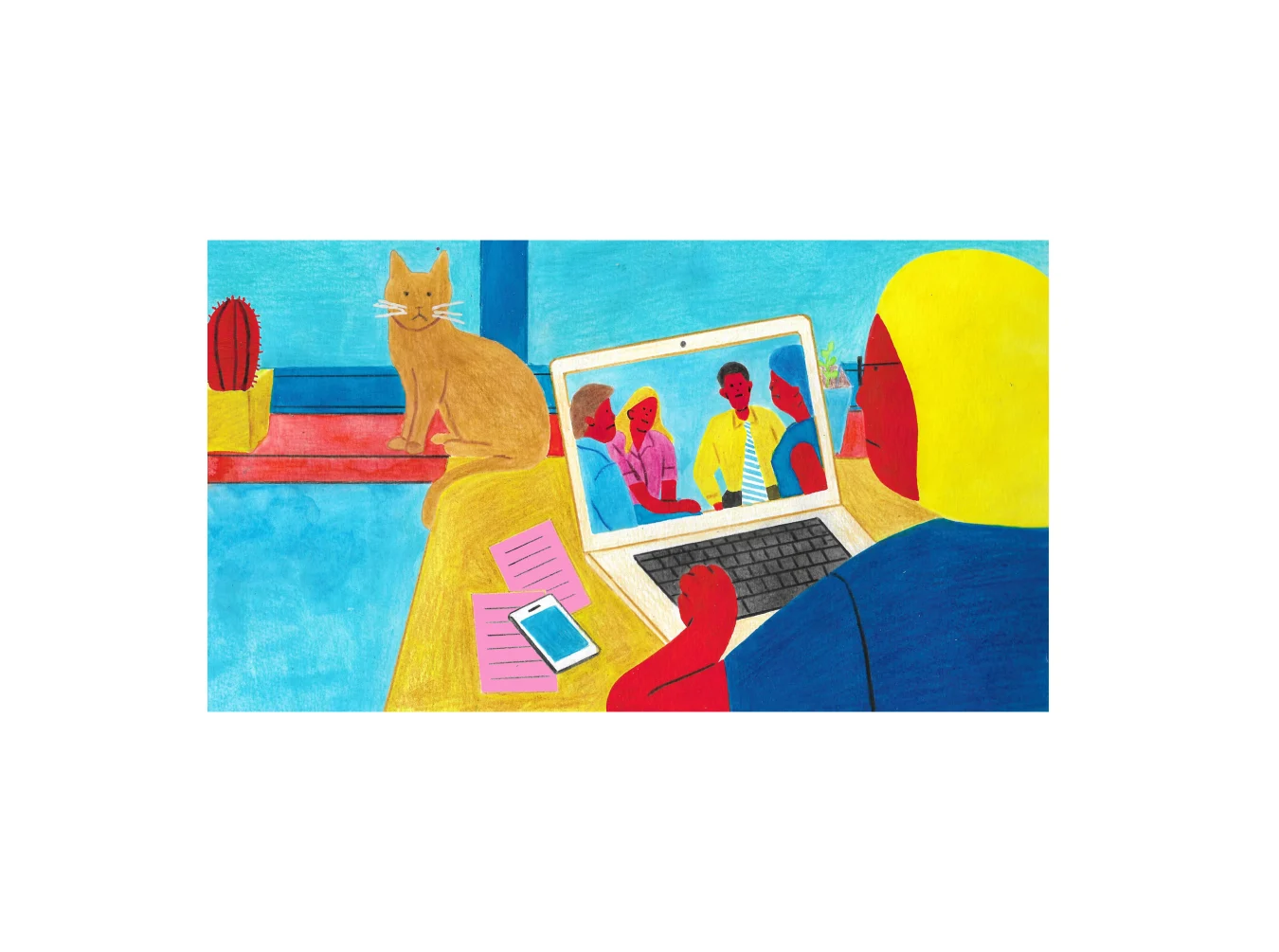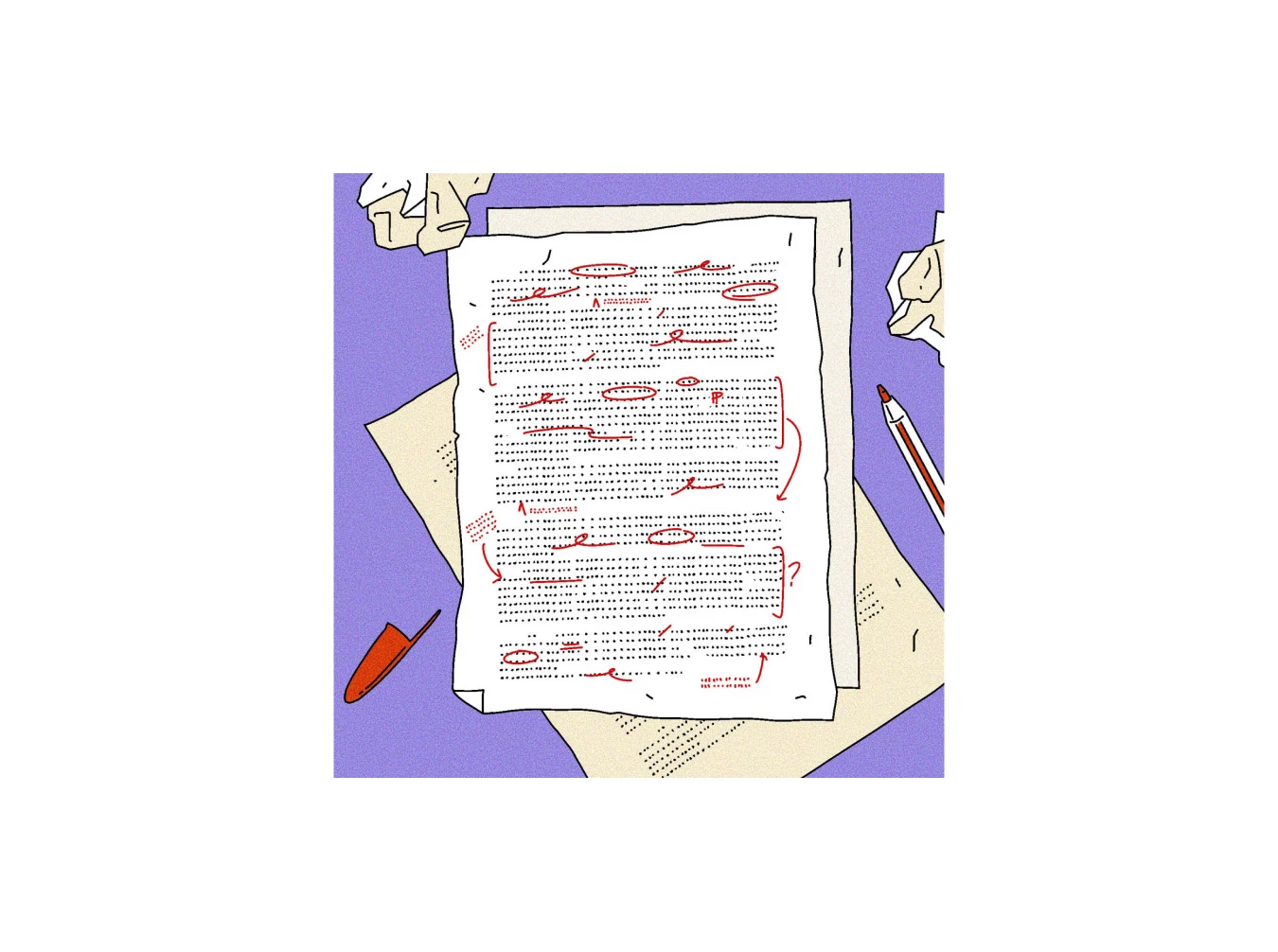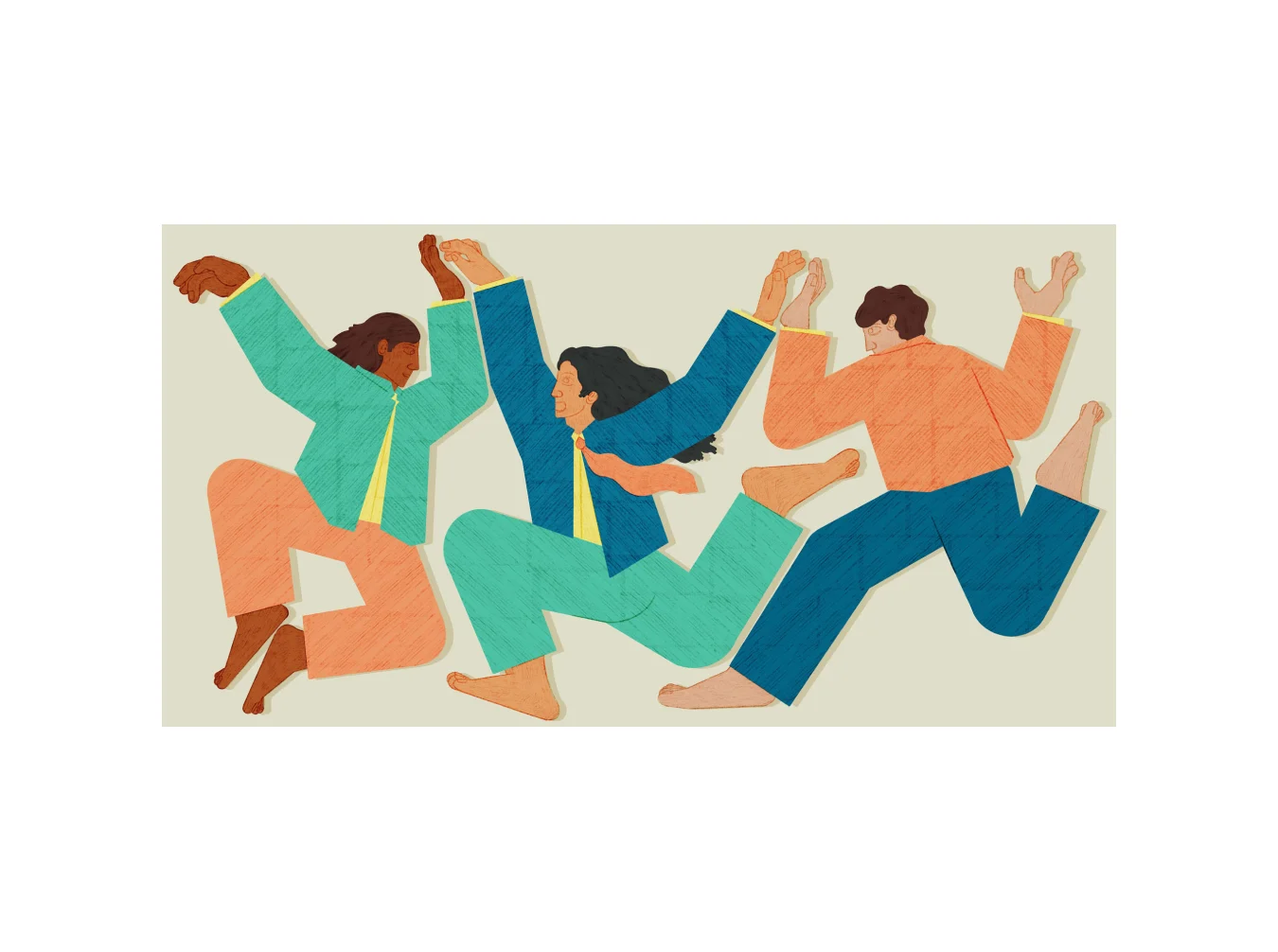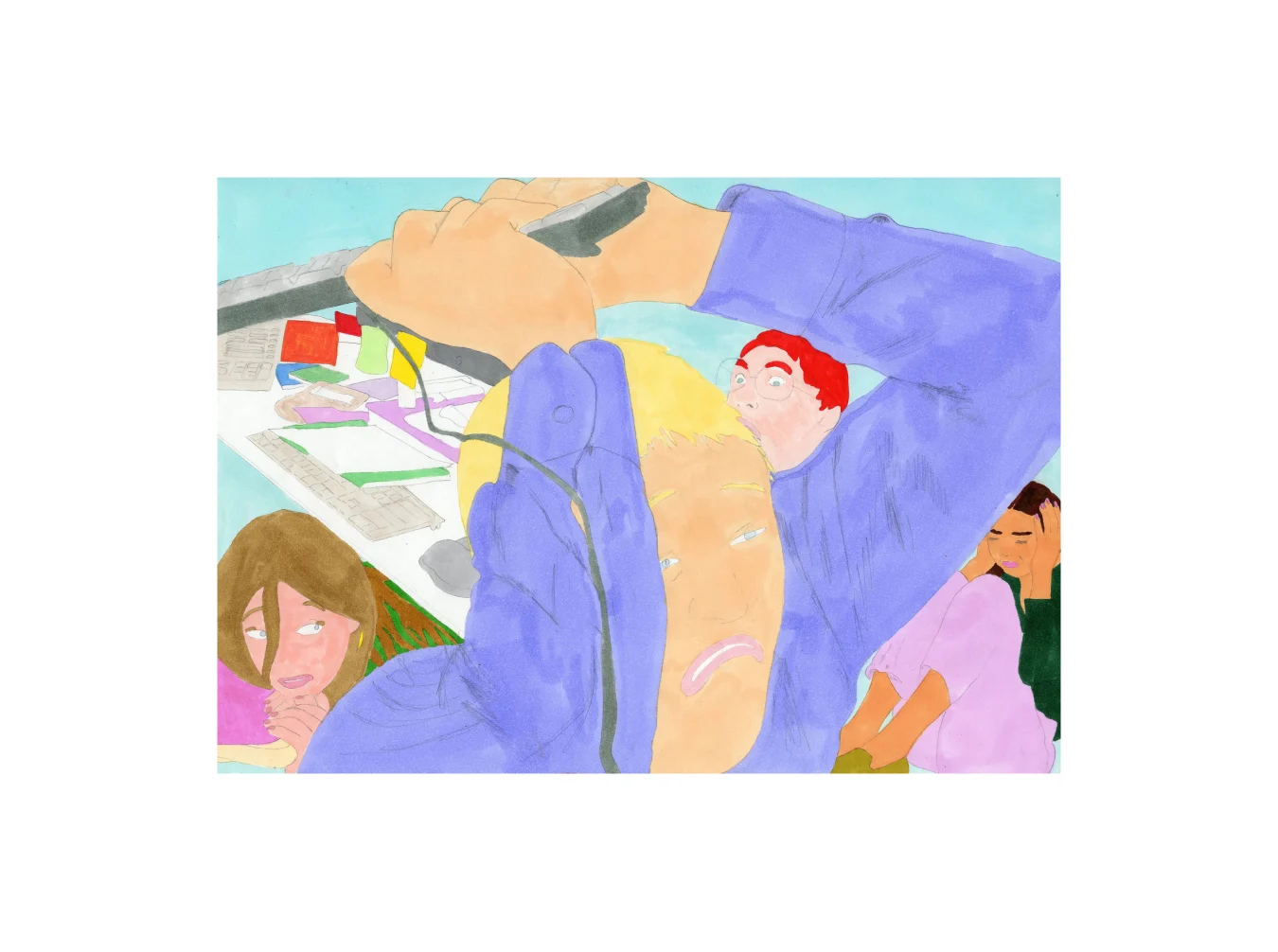

There are a plethora of money questions a creative freelancer asks themselves at least once a quarter. Am I asking for enough money? How high is too high? Can I ask for more or less from my regular clients? Is it embarrassing if I accidentally ask for too little?! There’s no one correct methodology to use when working out how much you should be paid as a creative. But in this latest installment of the Stuff They Don’t Tell You column, writer Amelia Tait asks experts to give us their finest advice around how to best price your work as an in-demand freelancer.
A videographer, writer and podcast producer explain that transparency is crucial when it comes to pricing your work; you must always communicate with your peers and additionally not fear the clients that you’re negotiating with. Two academics weigh in on the ways in which pay can be made more equitable.
Sometime in the 1880s, a tourist asked an orange grower how long it took Florida groves to bear fruit. Feeling the question was fundamentally unanswerable—it could, after all, take less than a year or a full 20—the grower replied, “How long is a piece of string?”. It’s a great idiom, one we’ve now used for over a century, but it’s arguably time that it was replaced. When asked to estimate an unknowable quantity, people should instead say: “How much is a creative’s day rate?”
Just like there is no one length of string, there is no uniform day rate—some people make in an hour what others ask for in a day. This can make navigating and negotiating pay extremely difficult; what exactly do you say when an email lands in your inbox asking what you charge? Some would argue it’s simple math—figure out what you want to make in a year, add a little bit extra for holiday and sick pay, and divide it by your working days—but most creatives make more complicated calculations.
It is, in fact, a highly emotional issue—some freelancers worry about overpricing themselves, while others get angry when their peers lowball, fearing that undercutting can bring everyone down. So where do you even start?

Speak to others in your industry
“I think it’s really important to share what people should expect,” says Amy Suto, a freelance ghost-writer, screenwriter, editor and consultant. When Suto was starting out, she turned to blogs about freelancing to understand what she should charge. Today she has written her own guide for creatives titled “Six-Figure Freelance Writer”.
“I think that what gave me a lot of confidence was seeing that a lot of men who are freelancers were charging double what I was charging with half the amount of experience,” says the 29-year-old, who is a digital nomad originally from Phoenix.
TJ Thomson, a senior media lecturer at Australia’s RMIT university, has researched the working practices of photojournalists. He believes that it is “vital” that freelancers crowdsource information from each other, particularly if your colleagues are from historically marginalized backgrounds. “By being open about compensation and terms, freelancers can work toward more equitable working conditions for themselves and their colleagues.”
If you feel anxious about probing your peers, then you can look for guerrilla spreadsheets where creatives anonymously share their rates. There are ones for animators, advertisers, photographers, journalists and producers easily accessible online. While some industry unions share minimum rates, these unofficial spreadsheets reveal what people are actually being paid in practice.
Value your equipment and expertise
“I include all of my equipment in my pricing,” says Rob Pinney, a 34-year-old freelance videographer based in London. Pinney, who has created films for clients such as American Express, Dove and the New York Times, reviews his rate card every year and factors in his running costs. If he expands his kit, he increases his prices. Today, he charges £1,500 ($1,890) a day for shoots and £400 ($504) for half a day’s post-production work.
Pinney also increases his rates as he gains more experience. He started his freelance career as a photojournalist nine years ago but in the last five years has specialized in filmmaking. “I’d like to think I’ve become much better at my job…the quality of the production has gone up quite a bit,” he says. “I feel like that’s something that also needs to be reflected in the price.”
When writer Suto first started freelancing around nine years ago, she charged $35 an hour—today she charges $750 an hour. “Every time that I got too busy with clients and people kept knocking down my door, I just raised my rates,” she explains. Suto notes that it was initially “really scary” to change her prices, and she feared “nobody will ever hire me ever again.” She advises others to have a cushion of savings before raising their rates, putting away money after higher-paid projects. This, she says, puts you in a position where you are comfortable with potentially losing a client.
But overall, Suto has found that a higher rate can communicate both confidence and competence. “I’ve had a few clients who specifically sought me out because they saw what I was charging,” she says, “They’re like, ‘I found you because I wanted to work with the best of the best. I didn’t want to mess around, I wanted to work with an expert.’”

Ignore unfounded fears
Pinney notes that when starting out, he was caught in the middle, afraid that clients would consider his rate too high and his peers would scold him for it being too low. “It’s a real minefield,” he says. While it’s understandable to worry that a client will react badly if you quote a higher figure, Pinney says he’s never actually had a combative experience—instead he’s found that “people appreciate the candor.” Willard Foxton concurs. He is the creative director of London-based podcast company Novel; he pays day rates to a variety of professionals for writing, researching, editing and consulting work.
“I can only remember one situation where somebody asked for a day rate that was so extremely out of whack,” says Foxton, “They were asking for about 15 times what we normally pay.” The figure would’ve taken the project’s overall budget from the thousands to over a million. In short, Foxton says, “You have to be asking for really crazy money,” to shock a project manager.
Freelancers may also worry that clients secretly hope to pay as poorly as possible, but Pinney has found this isn’t really the case—indeed, when he himself hires people, he’ll let them know if their rates are too low. As does Foxton. “Recently somebody offered a day late and we said, ‘No, that’s too low!’” he says. Novel have a policy of never paying less than the London Living Wage but usually pay more, trying to ensure freelancers have parity with full-time employees.
If a freelancer comes back to Foxton and asks for a day rate that he cannot afford, he is open to negotiating in other ways. “I’m not sitting there saying, ‘I want 8 hours a day guaranteed for 10 days,’” he explains, “What I have is a job that needs to be done and an amount of money to spend on it. If that person can do a great job in two days, we’re all winners.”
Ask questions about the project
Pinney finds it important to question whether he really wants a piece of work—or indeed whether he is capable of what the client is asking for. “I don’t feel like I have to get every job, basically,” the videographer says. “There are jobs that will come in and the budget’s not a fit for me or it may be that actually they’re looking for something that’s beyond my skill set. In both of those situations, I’m very happy to just say that.” Back-and-forth conversations can allow both the freelancer and the client to determine if they are right for each other.
“It’s just as hard for us as it is for [freelancers] to gauge what the right day rate is,” says Foxton, who has hired both extremely senior people and people who are taking on their very first job in the industry. While Foxton is upfront with people about the budget allocated for a piece of work, other employers might not open conversations this way—still, that doesn’t mean you can’t ask. Foxton advises that you should keep in mind the size of the client, as there is dramatic variation in what certain companies are able to pay. He also notes that you should emphasize your special skills such as languages or industry contacts—if you find out these are invaluable to your client, then you can command a higher rate.
Suto often suggests other freelancers if she turns down work because her personality doesn’t match a client’s. “Understanding what types of clients you vibe with the best is really important,” she says. She believes passing on projects to others elevates everyone. “I think that generosity always comes around,” she says, “It’s a hard industry to succeed in and it only hurts us when we see other freelancers as competition.”

Consider another way
“Creative work is very hard to measure,” says Harry Pitts, a politics professor at the University of Exeter and a fellow at the Institute for the Future of Work. “It’s not always predictable or visible or comparable or quantifiable.” Pitts—who wrote his PhD on freelance creative work in the Netherlands—notes that thanks to spontaneous inspiration, sometimes “you can get something accomplished in a minute that might otherwise take you an hour or a week to do.” Pitts says instead of charging hourly or daily rates, you can consider “value-based pricing”, talking to your clients about the value they hope to get from your work to determine an overall cost for the project.
Pitts is also impressed by freelance cooperatives that have burgeoned in Europe. The non-profit Smart, for example, provides a social safety net to freelancers, allowing them to become salaried professionals with employment rights and pensions via pooled resources. Smart checks over contracts to ensure that clients are paying fairly and takes care of invoicing and chasing payments.
While it might not be possible for you to join a cooperative, Pitts notes that we can at least carry the ethos forward by collectivizing our individual experiences. Talking to others, sharing our rates and not seeing our peers as competition can, Pitts says, “help address the race to the bottom.”
Now that you’ve figured out how to price your work, here are some beautifully designed templates by Emma Dragovic to help you get paid.






